|
Written By: Joseph Naguski Mirai is the latest film from Japanese film director and animator Mamoru Hosoda and his first to be nominated for an Oscar. The film presents to audiences a fantasy-driven tale of a young boy learning about his family through traveling within the past and the future. The film revolves around a four-year-old boy named Kun who loves trains and the struggles he and his family go through with the introduction of a new baby girl in their lives. On one day unexpected to Kun, his mother presents to him an unwanted new member of the family, his little sister Mirai. This new family member throws the house into chaos as Kun becomes filled with envy as the family’s attention shifts to his new baby sister. One day after throwing a tantrum Kun goes into his family’s garden and encounters a strange man claiming to be the prince of his house. The man whines about the attention he lost when Kun was born in the same way that Kun had been complaining about his sister. Kun realizes that the man is actually his dog. He ends up connecting with the dog and complains to his parents about the way they treat the dog. Throughout the film Kun encounters different versions of his family members in situations, including a version of his sister as a middle schooler from the future. These engagements help him learn more about those members and teaches him how to sympathize with them more. After getting lost at a train station in his fantasy world Kun must find a way back home or risk being lost forever. The character design of the film distinguishes the film. The way Kun is portrayed is exceptionally realistic to how many boys his age act in real life. His bratty nature is very relatable if you know any kids that age. In some circumstances he is shown to be too violent but he is a great protagonist to follow because of the way his character develops throughout the film. The rest of the family all have their own characteristics explored through Kun’s engagements with them in the fantasy world. This generates emotion from the audience as they invest in the characters. The animation coming from Hosoda is significant. Its combination of CGI and hand painted backgrounds bring the gorgeous world of Mirai to life. The film score is another proponent which makes its narrative so successful. From whimsical and adventurous melodies to somber and scary tunes the music throughout the movie really helps drive certain emotions into the audience. This is most prevalent in the scenes in which Kun travels from his home to another fantasy land. I watched the film dubbed in English as that was the only option available. I am usually not a fan of English voiceovers in foreign films because I feel like a certain aspect of the original emotion and meaning is lost. However, I think Mirai’s voice actors did a sufficient job of portraying the emotion of the scenes. Mirai’s heartwarming tale is a great film for both kids and parents alike. Its mixture of realism and fantasy does a good job of keeping viewers engaged in the story. This film can entertain a wide variety of audiences and should definitely be watched by fans of Japanese animated features.
Comments are closed.
|
Archives
April 2024
|

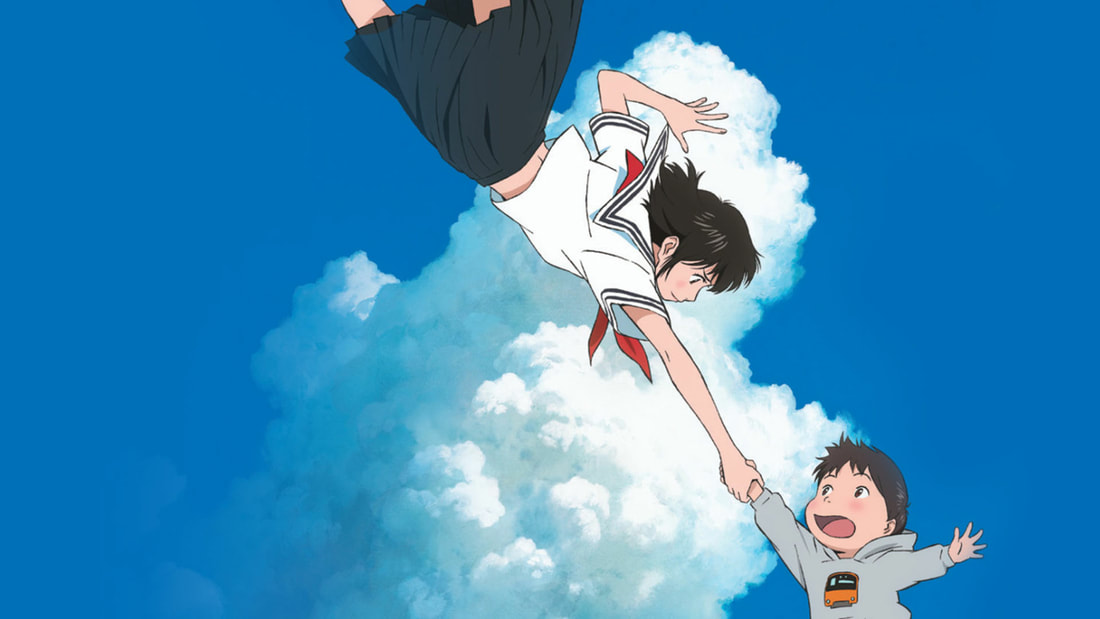
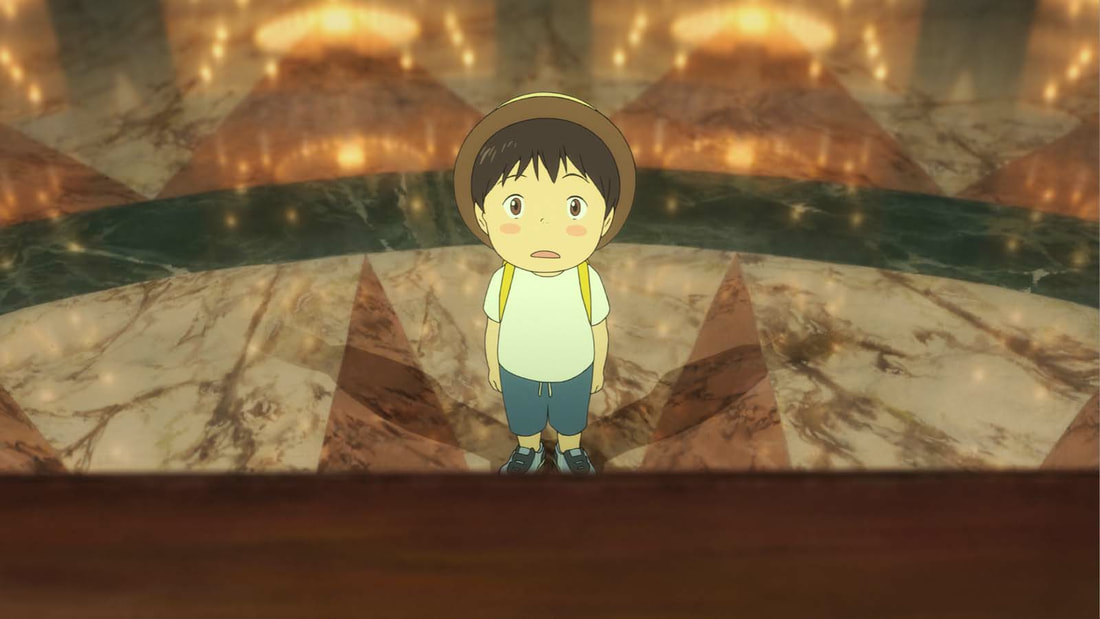
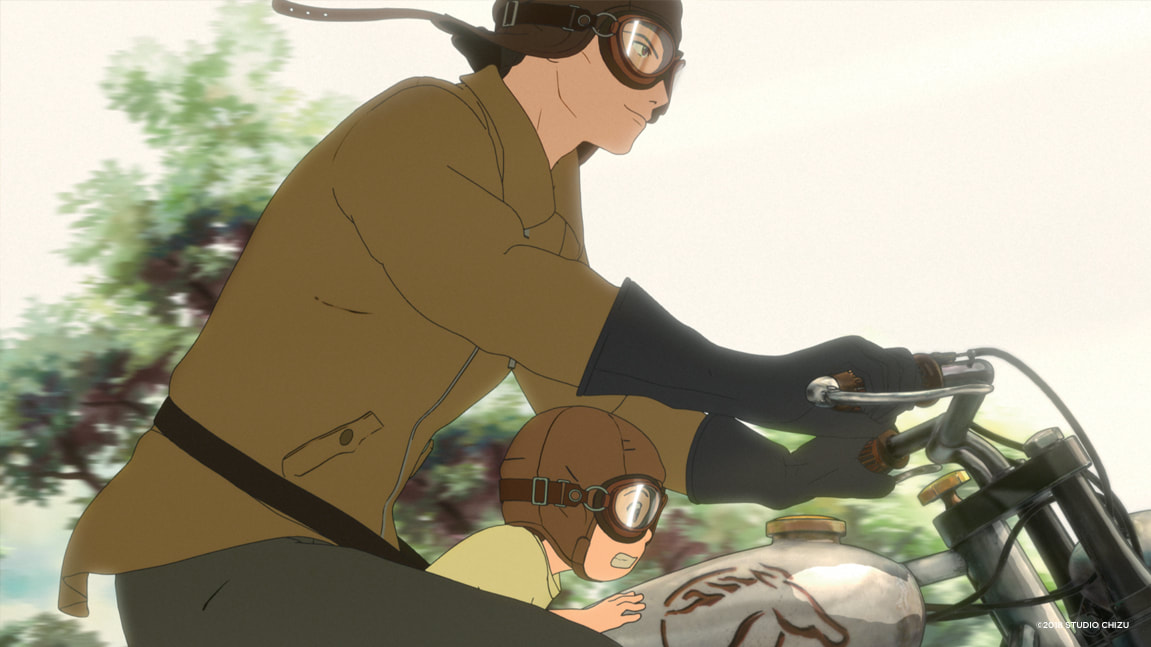
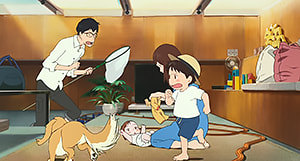
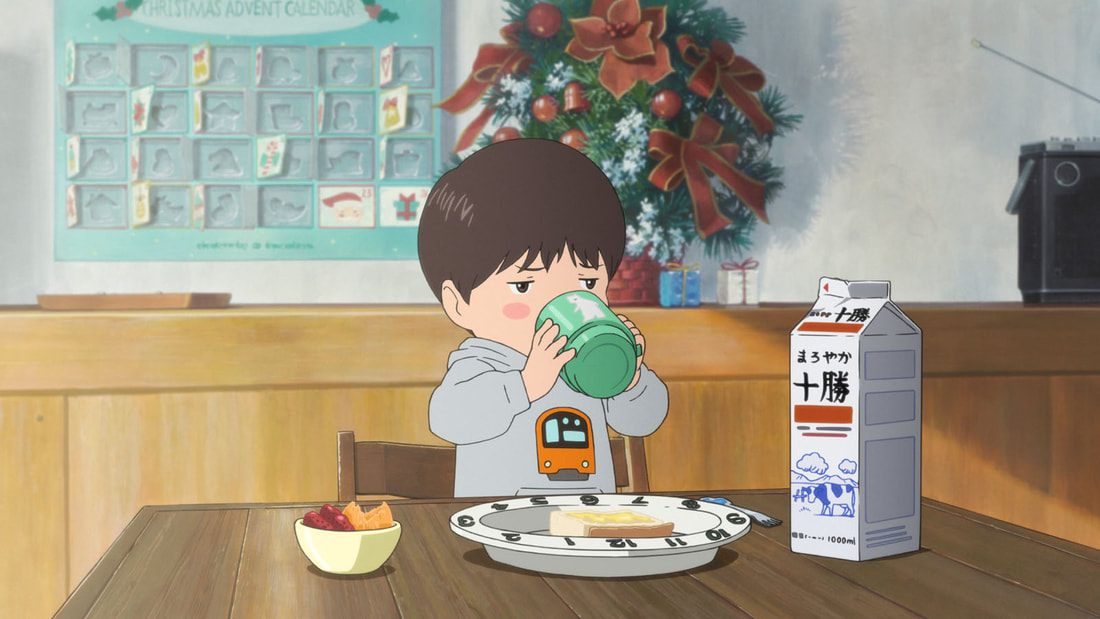
 RSS Feed
RSS Feed
